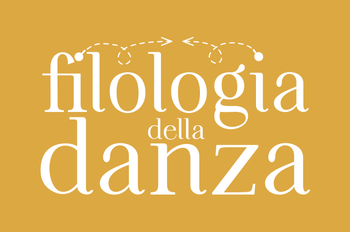
The Stepanov notation system is a method for transcribing movements of classical and character dance, devised by Vladimir Stepanov (1866–1896) and taught at the ballet school of the Mariinsky Theatre in Saint Petersburg during roughly the last two decades of the nineteenth century. The transcription work begun by Stepanov’s student Aleksandr Gorsky (1871–1924) and continued by Gorsky’s assistant Nikolai Sergeev (1876–1951) made it possible to preserve a record of the principal ballets of the late nineteenth and early twentieth centuries staged in the Russian Imperial Theatres. These works were notated in handwritten scores now held in the Sergeev Collection at Harvard University.
Starting from the exercises contained in Roland John Wiley’s Two Essays on Stepanov Dance Notation (1978), an English translation of Gorsky’s two monographs, this working group has launched a program of meetings devoted to the analysis of the notation’s grammar and the study of the works transcribed in this system.
Instructors
Marco Argentina (Alma Mater Studiorum – University of Bologna)
Matteo Ferraresso (University of Padua)
Stefania Onesti (University of Siena)
Advanced Group Members
Roberta Albano (Accademia Nazionale di Danza, Rome)
Silvia Garzarella (Alma Mater Studiorum - University of Bologna)
Caterina Piccione (Alma Mater Studiorum - University of Bologna)
Silvia Zanta (University of Padua)
Beginner Group Members
Marta Benvenuti (University of Florence)
Agnese Di Dio (Alma Mater Studiorum - University of Bologna)
Rita Maria Fabris (Alma Mater Studiorum - University of Bologna)
Marta Mele (Sapienza University of Rome)